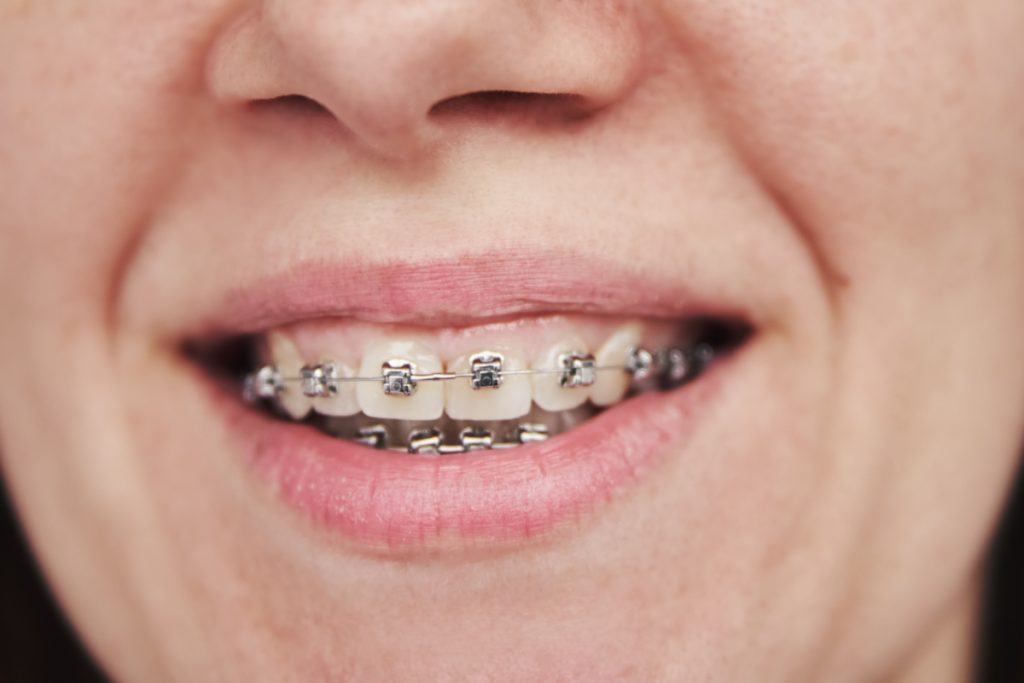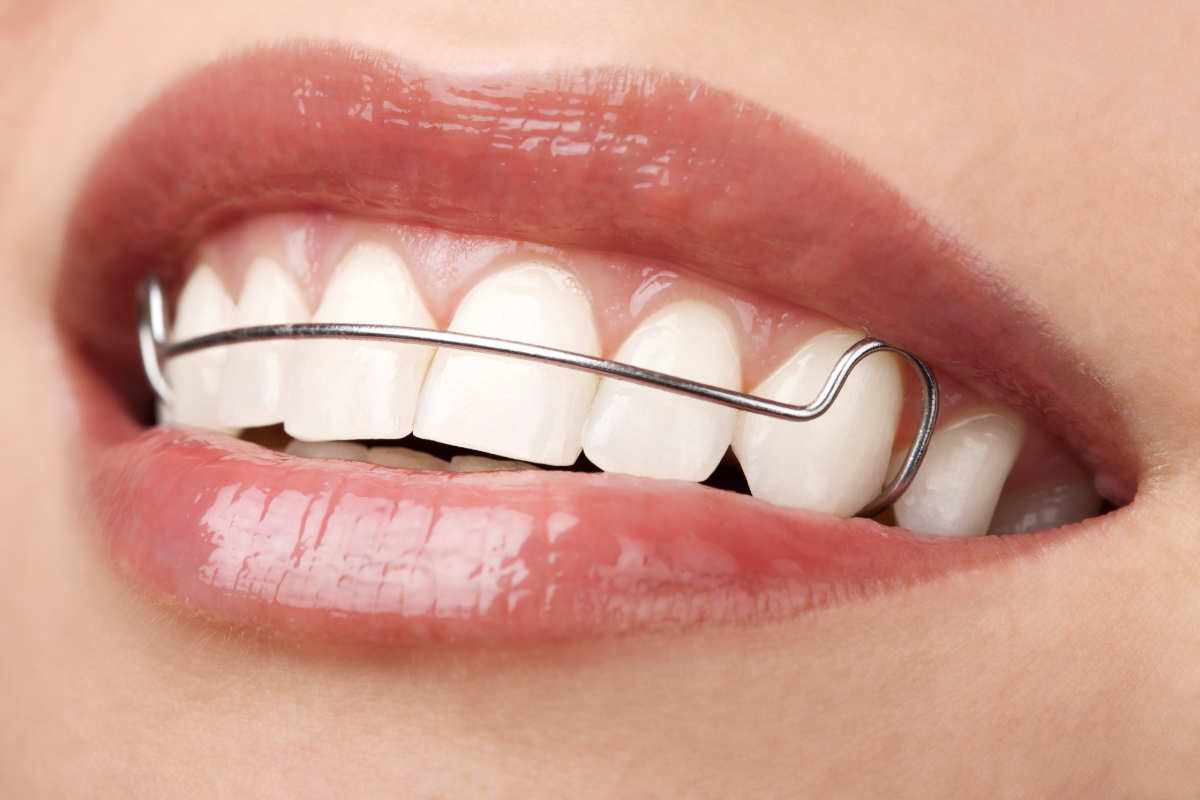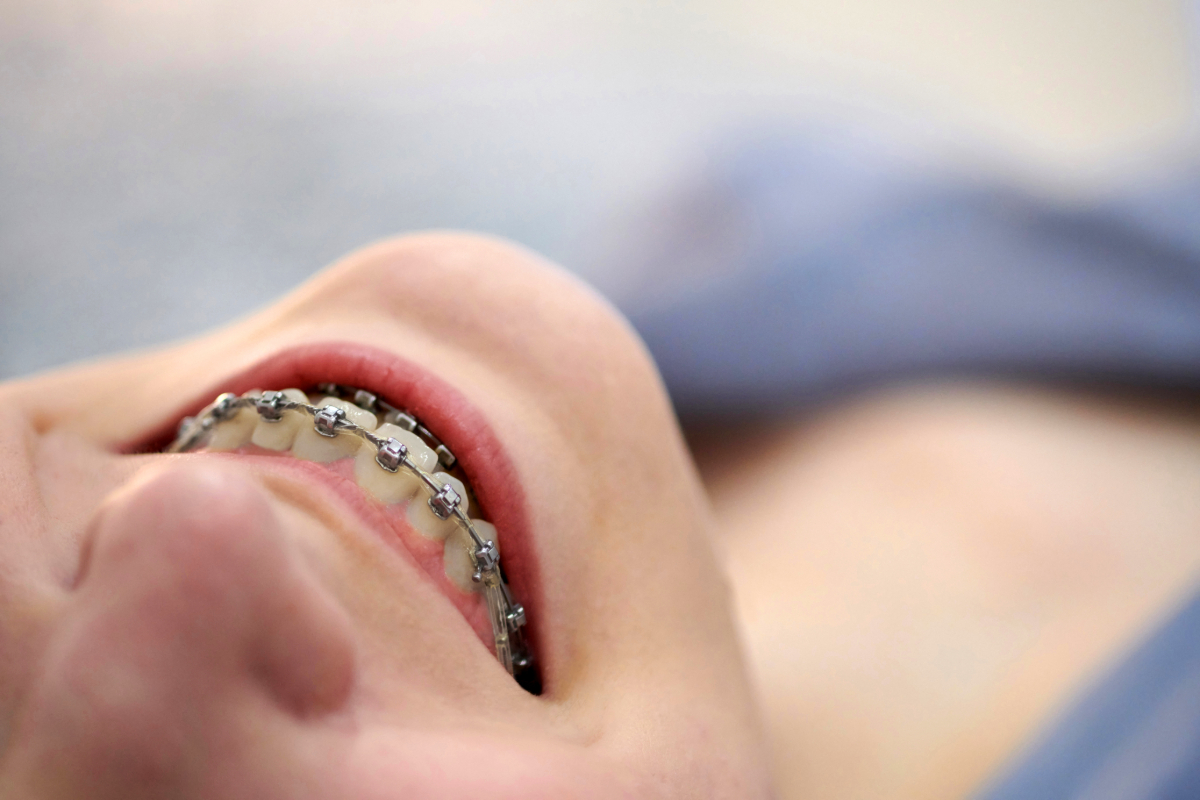

What are the common reasons why your dental braces are still on?
- Delayed dental appointments
- Neglected oral hygiene
- Frequent fall off of brackets
- Not enough wear time of aligners
- The teeth are moving slowly
- Your bite isn’t corrected yet
- Your teeth need more time to align
The average time for braces treatment is somewhere between 16-18 months. But depending on the case, it can take as long as 24 months and more. The duration of the treatment will be affected by several factors — including your teeth’s response to the treatment, your part in the treatment, and more. If you want to know the reasons why your braces are still on, read one.
Delayed dental appointments
Traditional metal braces are made up of brackets attached to the teeth and wires that connect the brackets. The wires put pressure on the brackets to slowly move your teeth into place. Eventually, the wires become loose, so they need to be tightened by your dentist regularly. Otherwise, they would become ineffective.
Your dentist needs to adjust your wires at regular intervals. If you don’t go to your dental appointment on time, your treatment will be delayed.
Neglected oral hygiene
 Braces can make it more challenging for you to clean your teeth properly, but this doesn’t mean that you should skip it altogether. Before you brush your teeth, you need to floss them first, so you can get rid of debris that can cause plaque to build up. You also need to undergo professional cleaning from your dentist to ensure that no issues develop.
Braces can make it more challenging for you to clean your teeth properly, but this doesn’t mean that you should skip it altogether. Before you brush your teeth, you need to floss them first, so you can get rid of debris that can cause plaque to build up. You also need to undergo professional cleaning from your dentist to ensure that no issues develop.
If you neglect your oral hygiene for long periods, you can develop issues in your oral health. This can interrupt your braces treatment and delay it further.
Frequent fall off of brackets
Your diet is another factor in the length of your braces treatment. Always follow your dentist’s advice on what you can and cannot eat with braces. This is because hard, crunchy, and chewy food can cause some parts of your braces to break. Frequently replacing bent or damaged braces can add months to your treatment plan.
To avoid this, try not to consume hard candy, chewing gum, nuts, popcorn, chips, ice, corn on the cob, and other food that require biting into. Instead, you can eat soft cheese, pudding, soft tortillas, pancakes, pasta, soft cooked rice, tuna, salmon, mashed potato, soft-serve ice cream, and other soft meals and snacks.
Not enough wear time of aligners
 If you’re wearing Invisalign aligners instead of traditional metal braces, one of the reasons why your treatment is delayed is because you’re not wearing your aligners for the recommended time. Failure to wear them for 20 to 22 hours per day can lead to delayed results.
If you’re wearing Invisalign aligners instead of traditional metal braces, one of the reasons why your treatment is delayed is because you’re not wearing your aligners for the recommended time. Failure to wear them for 20 to 22 hours per day can lead to delayed results.
In this case, your dentist might ask you to wear your current trays for longer instead of moving on to the next one. If your teeth have fallen too far behind in the treatment, there is a chance that you might need a new set of trays.
The teeth are moving slowly
Even if you’re following your dentist’s instructions, there could be a delay in the treatment because your teeth are moving slower than expected. You should keep in mind that every person is different, so estimating the exact timeline for your treatment can be tricky for your dentist.
In this case, all you can do is follow your doctor’s tips and do everything to ensure that your treatment is on track — including regular dental appointments, proper cleaning, and avoiding certain food.
Your bite isn’t corrected yet
 Your bite is the way your top and bottom teeth align. There are different types of bite — such as an open bite, a deep bite, an underbite, and a crossbite. One of these might be the reason why you’re wearing your braces today.
Your bite is the way your top and bottom teeth align. There are different types of bite — such as an open bite, a deep bite, an underbite, and a crossbite. One of these might be the reason why you’re wearing your braces today.
But unlike treating misaligned teeth, treating a bite with braces can take longer. That’s why even if your teeth are straight now, your bite might still need correcting. This ensures that your teeth are meeting together correctly. You might not notice any major changes during this stage, but you will need to keep your braces on for a while longer.
Your teeth need more time to set
Once your teeth have reached their correct position, you need to wait for your muscles, bones, and teeth to adjust to the new placement. This takes time, so your dentist won’t remove your braces immediately. Most dentists will recommend you to wait a few months to give your teeth a chance to stabilize their positioning. This is also the reason why you will also need to wear a retainer afterward.
Removing your braces early even though they look fine now is risky because your teeth will move and shift back to their misaligned positions — wasting all the months of treatment you had.
Key Takeaway
After understanding the different reasons why your braces are still on, you can perform the next course of action that will help get your treatment back on track! This is the go signal for you to book a dentist appointment, learn how to floss properly, avoid certain food, wear your aligners more often, or just become more patient. If you’re still worried that your braces are taking longer than expected, don’t hesitate to talk to your dentist.







